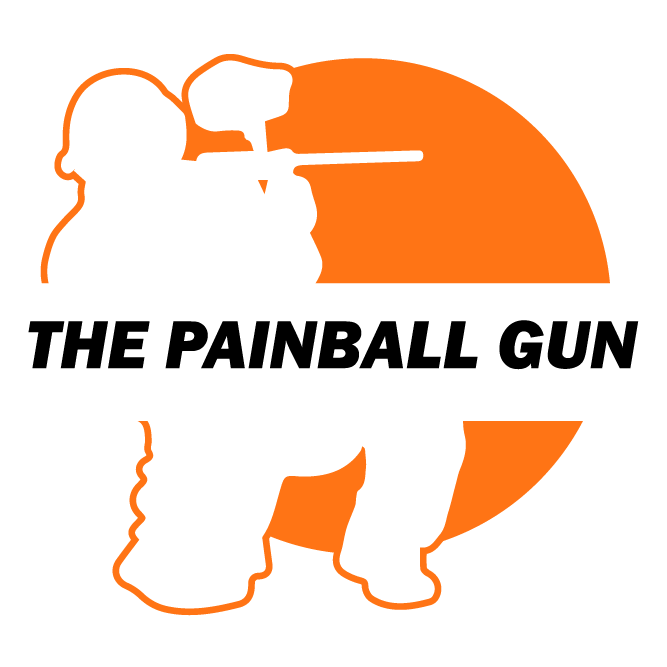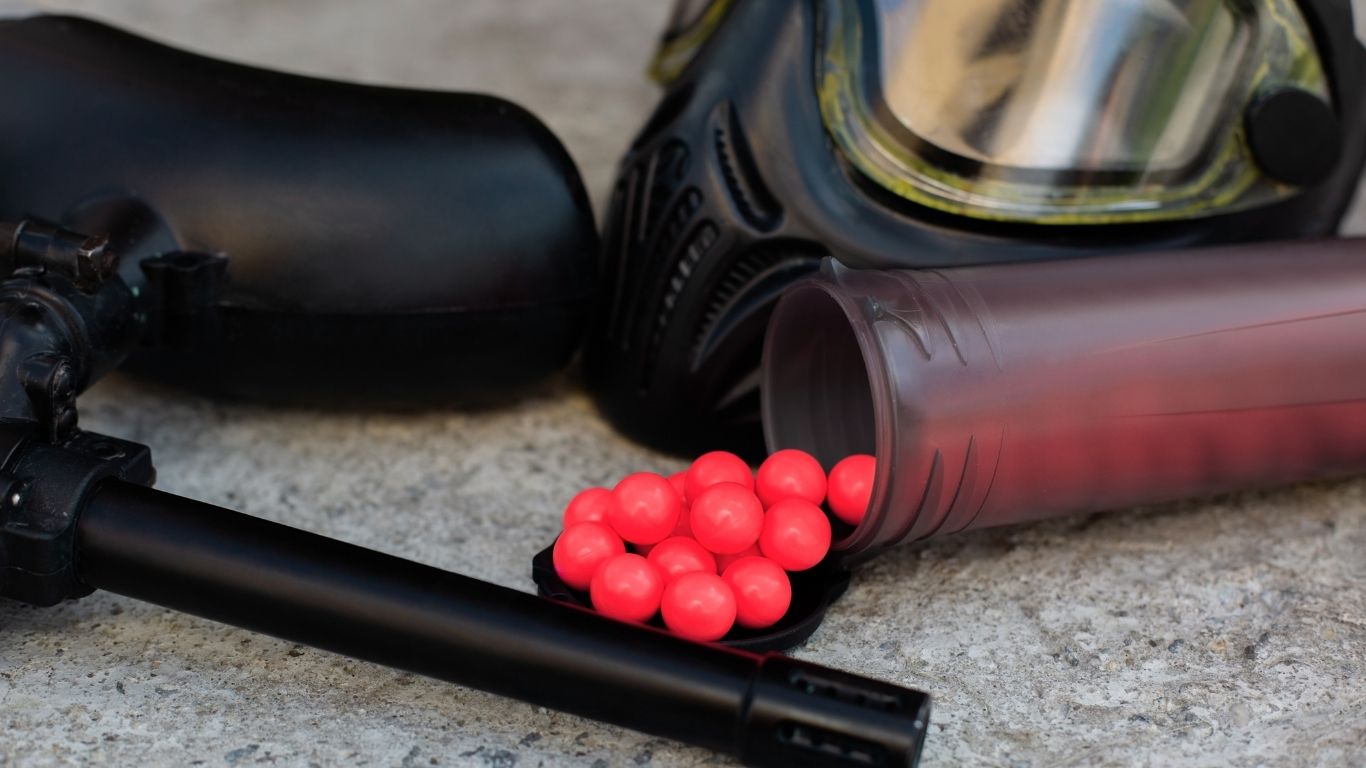When it comes to personal safety, many people are seeking alternatives to traditional firearms, and one such option that’s gaining popularity is the pepper ball gun. Known for its non-lethal capabilities, this tool offers a way to incapacitate an attacker without the permanent consequences of a firearm. But as you might expect, the question of whether you can carry a pepper ball gun is not as straightforward as it seems. From legal considerations to safety concerns, there’s much more to consider than simply purchasing the weapon. In this guide, we will delve into the key aspects of carrying a pepper ball gun—legality, safety, and practical applications—providing you with the knowledge you need to make an informed decision about whether this tool is right for you.
Can You Legally Carry a Pepper Ball Gun?
Before you even think about carrying a pepper ball gun, it’s crucial to first understand the legal landscape. While the concept of carrying a non-lethal weapon may seem straightforward, the laws surrounding pepper ball guns can be surprisingly complex. The legality of carrying this device depends largely on your geographical location, whether that’s within the United States or abroad.
Pepper Ball Guns in the United States
In the United States, pepper ball guns are generally considered to be less-lethal weapons, similar to pepper spray or stun guns. However, the legal regulations surrounding these devices can vary greatly from state to state. Some states, such as California and Texas, have relatively lax regulations, allowing civilians to carry pepper ball guns for self-defense. Others, like New York and Illinois, impose much stricter controls, often requiring permits or even restricting the possession of such devices outright.
State vs. Local Regulations
It’s also important to note that while a particular state may allow pepper ball guns, local municipalities may have their own restrictions. Certain cities or counties may prohibit the carrying of any type of weapon, even if it’s non-lethal, in certain public places or schools. This makes it essential for anyone looking to carry a pepper ball gun to research local laws to ensure compliance.
International Perspective
Moving beyond the U.S., the laws governing pepper ball guns become even more diverse. In countries like Canada, Australia, and many parts of Europe, the laws surrounding non-lethal weapons are much stricter. These devices are typically reserved for use by law enforcement and military personnel. In these regions, civilians may find it difficult—if not impossible—to legally own or carry a pepper ball gun. Always check with local authorities to confirm the rules where you live or plan to travel.
What Is a Pepper Ball Gun and How Does It Work?
Before deciding to carry a pepper ball gun, it’s important to fully understand how it works and its intended uses. At its core, a pepper ball gun operates similarly to a paintball gun, but instead of shooting paint-filled projectiles, it fires small balls filled with capsaicin, the active ingredient in pepper spray. The pepper balls burst upon impact, releasing a highly potent irritant that causes temporary blindness, respiratory issues, and intense eye pain.
How Pepper Ball Guns Are Used
One of the major benefits of pepper ball guns is their non-lethal nature. The goal of the device is not to harm the attacker but to incapacitate them long enough for you to escape or seek help. They are used for personal self-defense, law enforcement crowd control, and even military training. Their ability to temporarily incapacitate a threat without causing long-term injury is one of the reasons why they’ve become a popular alternative to traditional firearms. The range of a pepper ball gun is significantly longer than pepper spray, allowing you to maintain a safer distance from an attacker. This is particularly useful in self-defense scenarios, where distance is a key factor in staying safe. While pepper spray can be effective at close range, pepper ball guns provide more flexibility in various situations.
Effectiveness of Pepper Ball Guns
However, like any self-defense tool, the effectiveness of a pepper ball gun depends on a variety of factors. The range and accuracy of the gun can vary depending on the model. Some guns are designed for short-range encounters, while others can reach farther distances. It’s important to consider these variables when choosing the right pepper ball gun for your needs. In windy conditions, for example, the pepper irritant may not disperse as effectively, reducing the weapon’s effectiveness.
Safety Concerns When Carrying a Pepper Ball Gun
Carrying a pepper ball gun comes with its own set of safety considerations. While these devices are designed to be non-lethal, they can still cause harm if not used properly. The most obvious risk is the potential for accidental discharge, which could lead to injury or unintended consequences.
Handling the Pepper Ball Gun Safely
The first rule of safety when handling any weapon—non-lethal or otherwise—is to ensure that the safety mechanism is engaged. Most pepper ball guns come with a built-in safety switch, which prevents accidental firing. However, the responsibility for ensuring that the gun is always in a safe, secure position lies with the carrier. Proper training is essential to understanding the weapon’s safety mechanisms and how to properly handle the device.
Potential Injuries
Even though pepper ball guns are generally designed to be non-lethal, improper use can still result in injuries. For example, if a pepper ball strikes someone in a sensitive area, such as the eyes or face, it can cause serious discomfort, bruising, or even permanent damage. This is why protective gear, such as eye protection, should be worn when practicing with or using a pepper ball gun.
Dealing with the Pepper Irritant
One of the most important safety considerations when using a pepper ball gun is how to deal with the pepper irritant. The irritant can cause temporary blindness, intense coughing, and burning sensations. While it is effective at incapacitating an attacker, it can also affect the user if they are too close or in unfavorable wind conditions. Always be prepared for the possibility of the irritant affecting you as well, especially when training or using the device in the open.
Practical Considerations for Carrying a Pepper Ball Gun
Before making the decision to carry a pepper ball gun, you must consider several practical factors. Carrying a pepper ball gun isn’t just about legality and safety—it’s also about how the weapon fits into your lifestyle and whether it suits your needs.
Portability and Concealment
Unlike firearms, which require specific concealment permits, pepper ball guns may be easier to carry, depending on their size and design. Smaller models can be carried in a bag or on a belt and are typically lightweight, making them convenient for everyday carry. However, larger models, designed for crowd control or law enforcement, may not be as easy to carry on a day-to-day basis.
Situational Awareness
Even if carrying a pepper ball gun is legal and safe, it’s important to consider when and where it should be used. It’s not a tool to be used in every situation, and you must exercise good judgment when deciding whether or not to deploy the weapon. Understanding the appropriate circumstances for using the gun will help you stay safe and avoid unnecessary confrontations.
Alternatives to Carrying a Pepper Ball Gun
For those who are unsure about carrying a pepper ball gun, there are other non-lethal self-defense tools to consider. Pepper spray is an obvious alternative, offering ease of use and portability. Tasers and stun guns are also popular options for non-lethal self-defense, though they come with their own set of legal restrictions.
FAQs
Q. Can I carry a pepper ball gun without a permit?
A. It depends on your local laws. Some areas allow you to carry a pepper ball gun without a permit, while others may require one. Always check local regulations.
Q. Are pepper ball guns effective for self-defense?
A. Yes, they are highly effective for incapacitating an attacker temporarily. However, their success depends on factors like range, wind conditions, and accuracy.
Q. What safety precautions should I take when using a pepper ball gun?
A. Always ensure the safety mechanism is engaged when not in use. Wear protective gear during training and practice using the gun in controlled environments.
Q. Where can I legally carry a pepper ball gun?
A. This varies by location. Some places allow open carry, while others have restrictions. Be sure to consult local laws before carrying one.
Q. Are there alternatives to pepper ball guns for self-defense?
A. Yes, alternatives include pepper spray, tasers, and stun guns, all of which offer non-lethal options for self-defense.
Conclusion
In the end, the decision to carry a pepper ball gun is a personal one that requires careful thought and consideration. The key factors—legal restrictions, safety, and practicality—must all be weighed before making a decision. For many, a pepper ball gun offers a non-lethal, effective way to protect themselves, but only if they are fully informed about its usage and the laws that govern it. If you’re in a region where it’s legal and you have undergone proper training, a pepper ball gun could be an excellent addition to your personal defense toolkit. However, like any self-defense tool, it should be used responsibly and with a clear understanding of both its potential and its limitations.


Leave a Reply